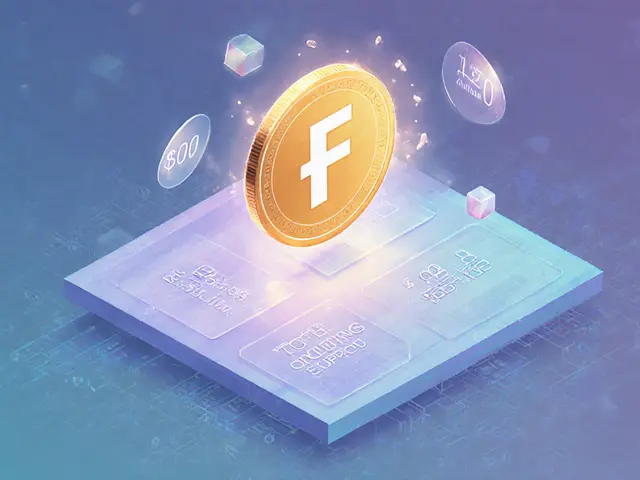Polkadot Metaverse: What It Is, How It Works, and What’s Really Happening
When people talk about the Polkadot metaverse, a network of interconnected virtual worlds built on the Polkadot blockchain that enables cross-chain interoperability for digital assets and identities. It’s not one single game or platform—it’s an open infrastructure for multiple projects to build virtual spaces that talk to each other. Unlike other blockchains that lock you inside one ecosystem, Polkadot lets assets, users, and data move freely between its parachains. That’s the big idea behind the Polkadot metaverse: no more walled gardens. If you own a virtual land parcel on one parachain, you should be able to take it to another—no bridges, no conversions, no headaches.
This isn’t science fiction. Projects like parachains, independent blockchains connected to the Polkadot relay chain that can run custom logic, including metaverse applications are already testing virtual worlds with real utility. Some let you buy and trade digital real estate, others let you build social spaces or play-to-earn games. The key difference? Because they’re built on Polkadot, these worlds don’t have to compete for attention or liquidity—they can share users and assets seamlessly. That’s why developers care: building on Polkadot means you’re not starting from zero. You’re tapping into a network of other projects, wallets, and users already connected.
But here’s the catch: most of the hype around the Polkadot metaverse comes from outsiders. The real work is happening quietly, behind the scenes, by teams focused on technical interoperability, not flashy NFT drops. You won’t find a single "Polkadot Metaverse" app you can download. Instead, you’ll find smaller platforms—like virtual galleries on Moonbeam, social hubs on Acala, or gaming worlds on Kusama—each using Polkadot’s underlying tech to link up. It’s like having a highway system where every city speaks the same language, even if they run different businesses.
And it’s not just about games. The Polkadot metaverse also includes digital identity tools, decentralized marketplaces for virtual goods, and even virtual offices built for remote teams. These aren’t just VR headsets and avatars—they’re functional tools backed by blockchain security and token economies. If you’re tired of losing your digital items when a platform shuts down, this is the alternative: ownership you can verify, transfer, and use across systems.
What you won’t find here are the big-name metaverse projects that promised the moon and delivered nothing. The Polkadot approach is slower, more technical, and less flashy—but it’s built to last. No celebrity endorsements. No fake airdrops. Just code, collaboration, and real interoperability.
Below, you’ll find reviews, guides, and deep dives into the actual projects making this vision real. Some are tiny. Some are experimental. But they’re all part of the same movement: building a metaverse that doesn’t rely on trust, but on code.

NUUM is the native token of Bit.Country's MNet metaverse platform. Learn how the airdrop worked, who received tokens, current price status, and whether NUUM still has real utility today.
Jonathan Jennings Oct 28, 2025




